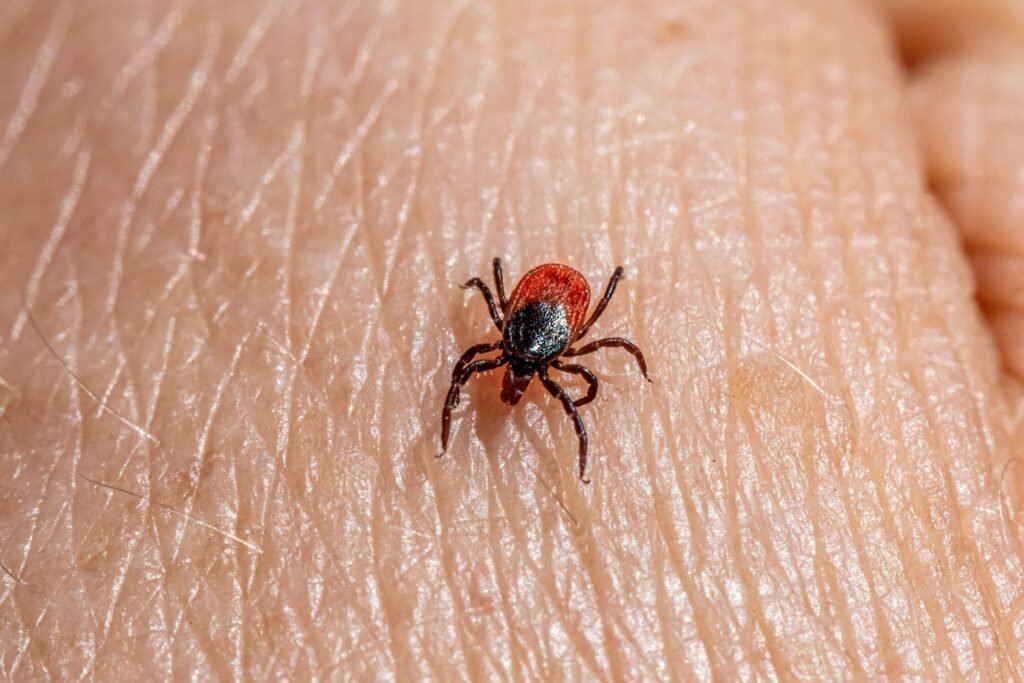Ticks are known to be carriers of various diseases, but how they defend themselves against deadly viruses has long been a mystery. Researchers from the Liverpool School of Tropical Medicine have recently made a groundbreaking discovery that sheds light on this phenomenon. Their findings, published in Nature Communications, reveal how tick cells respond to infection with severe fever with thrombocytopenia syndrome virus (SFTSV), a virus that can cause high fever, internal bleeding, and death in humans.
Through a systems biology approach, researchers identified two proteins, UPF1 and DHX9, in tick cells that act as natural viral restriction factors, helping to limit virus replication. This discovery is crucial as climate change expands the geographic range of ticks, increasing the risk of tick-borne diseases.
Professor Alain Kohl, Chair in virology and emerging infectious diseases at LSTM, emphasized the significance of understanding how ticks combat viruses, stating that this knowledge could help disrupt disease transmission to humans. The study revealed that ticks possess sophisticated antiviral mechanisms, challenging the notion that they are merely passive carriers of viruses. By repurposing conserved proteins as molecular guardians, tick cells actively mount antiviral responses, playing a crucial role in their defense mechanisms.
Dr. Marine Petit, the lead author of the study and a Virology Lecturer at the University of Surrey, highlighted the importance of deciphering how tick cells tolerate dangerous viruses. She explained that understanding the workings of these proteins not only sheds light on how ticks prevent viral infections but also opens up new possibilities for disrupting disease transmission.
By profiling genes and proteins in the Rhipicephalus microplus BME6 cell line, the research team identified nearly 400 previously unknown proteins and a range of RNA molecules. This comprehensive analysis provides a foundation for future studies on antiviral mechanisms in disease-carrying ticks and offers hope for identifying vulnerabilities in the virus-vector relationship that could be targeted to prevent transmission.
The research, supported by the University of Liverpool’s tick cell repository, paves the way for further exploration into tick biology and disease prevention strategies. By uncovering the intricate ways in which ticks defend against deadly viruses, researchers are one step closer to developing interventions that could ultimately save human lives.
For more information, you can refer to the original study published in Nature Communications under the title “Multi-omics analysis of SFTS virus infection in Rhipicephalus microplus cells reveals antiviral tick factors.” The DOI for the study is 10.1038/s41467-025-59565-w. This research was made possible by the University of Liverpool and its commitment to advancing scientific knowledge and public health.


